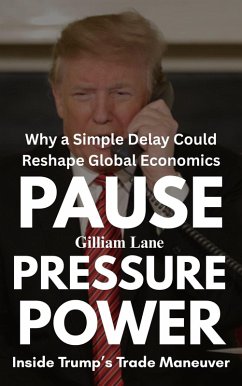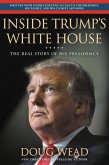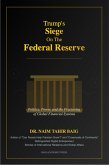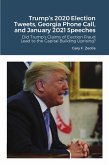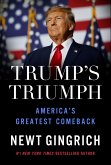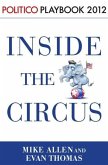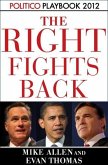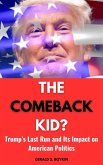When President Donald Trump paused a major trade decision in the middle of high-stakes negotiations, most analysts chalked it up to indecision or distraction. But what unfolded next sent shockwaves through international markets, exposed cracks in global supply chains, and reshaped how economic power is used in political warfare. Pause, Pressure, Power explores how a calculated delaynot actionbecame the real weapon in Trump's trade arsenal. This book walks readers through a strategy that leveraged uncertainty to gain leverage, stirred volatility across global financial systems, and cornered geopolitical rivals into responding on his terms.
The Trump administration's trade war with China wasn't just about tariffs and deficit figures. It was about global economic positioning. What seemed like erratic movescanceled meetings, postponed agreements, and late-night tweetswere often deliberate applications of pressure rooted in a broader strategy. By withholding action, Trump was not stepping back; he was forcing global counterparts to reveal their positions. In the delicate world of trade negotiation tactics, time became the most valuable asset, and delay became a tool of disruption. Through this lens, the "pause" was never neutralit was a move that manipulated market expectations and left central banks, foreign governments, and multinational corporations scrambling.
Pause, Pressure, Power breaks down how the deliberate use of timing affected the dynamics of the US-China trade war and spilled into other negotiations with the EU, Mexico, and Canada. This isn't a partisan exploration of Trump's presidencyit's a precise, strategic breakdown of how policy timing, paired with media manipulation, changed the rules of global trade. By analyzing real-time trade deal negotiations, readers are shown how global markets responded not only to Trump's tariffs, but to his silence. In economic warfare, what isn't said often carries more weight than what is.
Trump understood the power of unpredictability and weaponized it by slowing the pace of traditional diplomacy. He disrupted the cadence of negotiation that other global powers had relied on for decades. By doing so, he created pressure without escalating conflicta method of economic brinkmanship that sidestepped direct confrontation but forced action. This strategy unsettled foreign investors, drove market volatility, and caused ripple effects in global currency markets. Countries that expected predictable policy rollouts instead found themselves reacting to a president who could create global panic with a single delay.
Inside these pages, readers will uncover how economic nationalism, strategic economic delay, and trade pressure points were coordinated to test the limits of global interdependence. The book also outlines how Trump's trade maneuver influenced decisions in Beijing, Brussels, and beyondforcing trade partners to choose between compromise and confrontation. Each case study reveals how delays were used to drive concessions, how public statements stirred market reactions, and how negotiations were often decided not in boardrooms but in headlines.
Readers looking to make sense of current geopolitical tensions, strategic delays in trade negotiations, and the ongoing US-China rivalry will find answers here. The book provides clarity on how global markets interpret economic power plays, and how traders, policy analysts, and corporate decision-makers respond to them.
Pause, Pressure, Power is more than a look backit's a forward-facing examination of how trade, politics, and psychological leverage intersect in a new era of international relations.
Dieser Download kann aus rechtlichen Gründen nur mit Rechnungsadresse in A, B, CY, CZ, D, DK, EW, E, FIN, F, GR, H, IRL, I, LT, L, LR, M, NL, PL, P, R, S, SLO, SK ausgeliefert werden.

